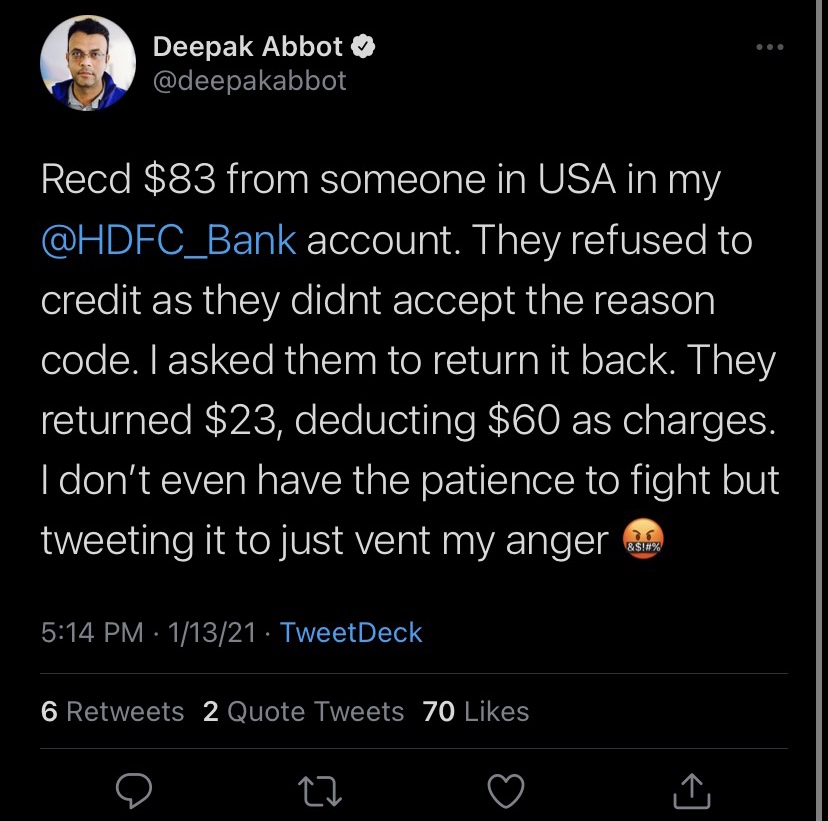In Part 1, we discussed three ways in which the Indian government could apply existing regulation to cryptocurrencies instead of simply banning them outright:
One, cap the amount that people can invest in cryptocurrency. Two, set a high minimum to invest in cryptocurrency to place it out of reach of new, vulnerable investors. Three, limit access to only accredited investors who have a certain minimum income or net worth.
Each of these three are discriminatory in some way. One caps the amount of upside. The second and third limit investment and potential upside to those who already hold significant capital. Far from democratising access, each of them perpetuates the gap in investment opportunities.
I’d rather that investing in crypto, and alternative assets in general, require taking a test. After all, the question is whether or not the investor understands the investment and its risks well enough to make an investment decision.
This is not unlike a drivers’ license, which requires you to take a test to prove you can be responsible for not just your own safety (as is the case with investments) but that of others too.
Drivers’ license tests also show that India is capable of administering tests at scale, nationwide, throughout the year.
You don’t need to rely on the transport police infrastructure, though. The capital markets regulator’s National Institute of Securities Markets, or NISM, administers a range of tests for mutual fund distributors, PMS distributors, investment advisors, registrars, valuers, among others at centers nationwide in a number of languages. The government could require the capital markets regulator to expand this infrastructure to prospective investors too. The marginal costs are a lot lower than setting one up from scratch.
Education democratises access to opportunities. Capital requirements restrict it. To me it’s clear which path the government should take.
(ends)





